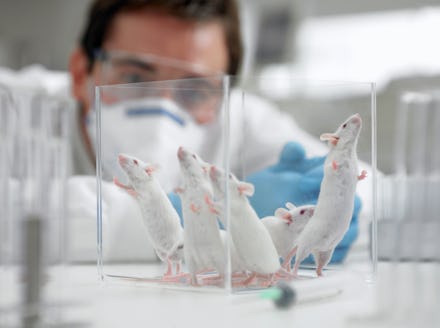Gene Therapy Could Be an Unexpected Treatment for ADHD

A new study in the journal Nature may hold the key to combating attention deficit hyperactivity disorder: modifying your genes.
Researchers from the Massachusetts Institute of Technology and New York University's Langone Medical Center found that ADHD is connected to the thalamic reticular nucleus, where your brain blocks out things that are distracting you. Working with mice, the team discovered that a gene mutation in some of the rodents meant the TRN wasn't working properly, letting distractions push through and get in the way of normal activities. By using drugs to boost TRN activity, researchers were able to knock out ADHD symptoms and those of other developmental disorders.
"Understanding these circuits may help explain the converging mechanisms across these disorders," Guoping Feng, a neuroscientist from MIT, said in a press release. "For autism, schizophrenia and other neurodevelopmental disorders, it seems like TRN dysfunction may be involved in some patients."
The gene mutation meant mice lost a gene called PTCHD1; without PTCHD1, the TRN's inhibitory functions are hampered, leading to hyperactivity, aggression and disorders on the autism spectrum, the researchers found.
"We receive all kinds of information from different sensory regions, and it all goes into the thalamus," Feng said. "All this information has to be filtered. Not everything we sense goes through."
When the TRN doesn't work, all kinds of daily drivel gets through. Your brain is drawn to a piece of trash blowing across the train platform in the same way it's drawn to a conversation you're having. Your brain gets overwhelmed — hence the aggression and attention deficit.
Knowing how the TRN responds to the lack of PTCHD1 is the big news here, especially since, the researchers found, boosting potassium ions in the body helped stifle the TRN-related problems. If researchers focus on improving TRN function instead of treating attention disorders with psychostimulants — which don't work all the time — they could fill the gap in treatment options, and help track down what in your brain creates excessive aggression. If it works, future therapies could go right into your brain circuitry for treatment. That means improving working memory, stabilizing sleep rhythm — and flawlessly ignoring trash blowing in the breeze.